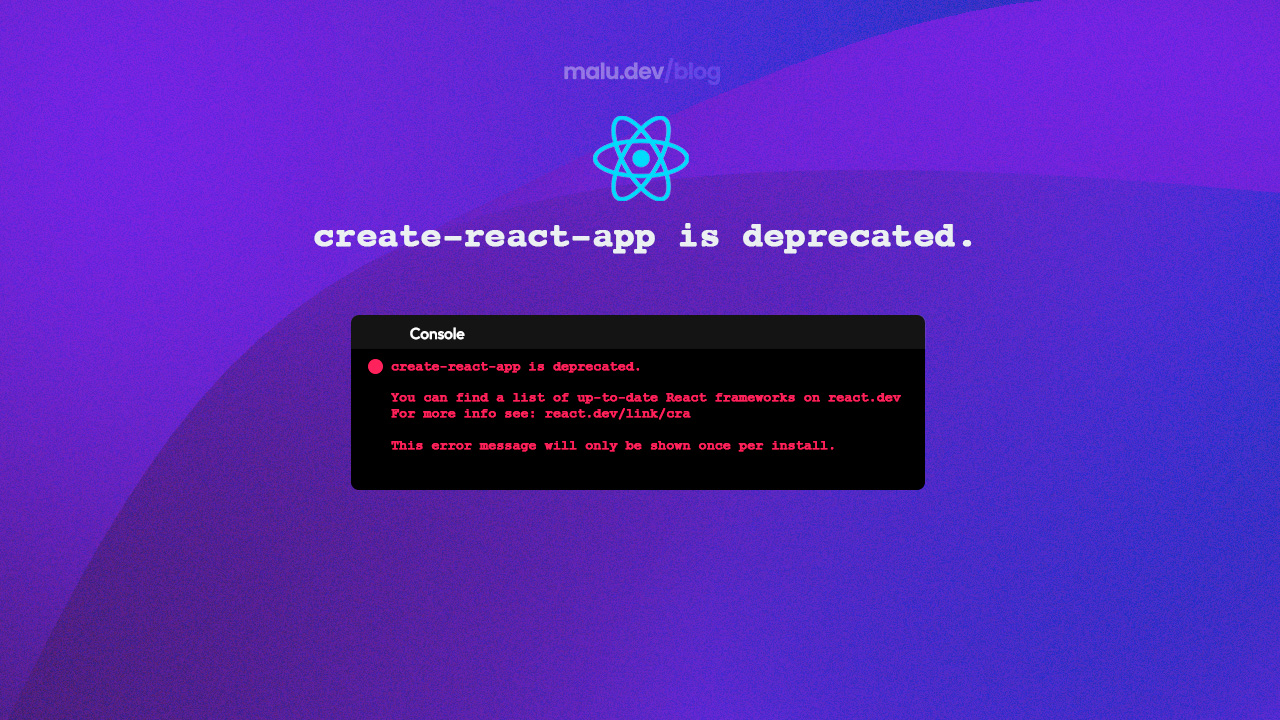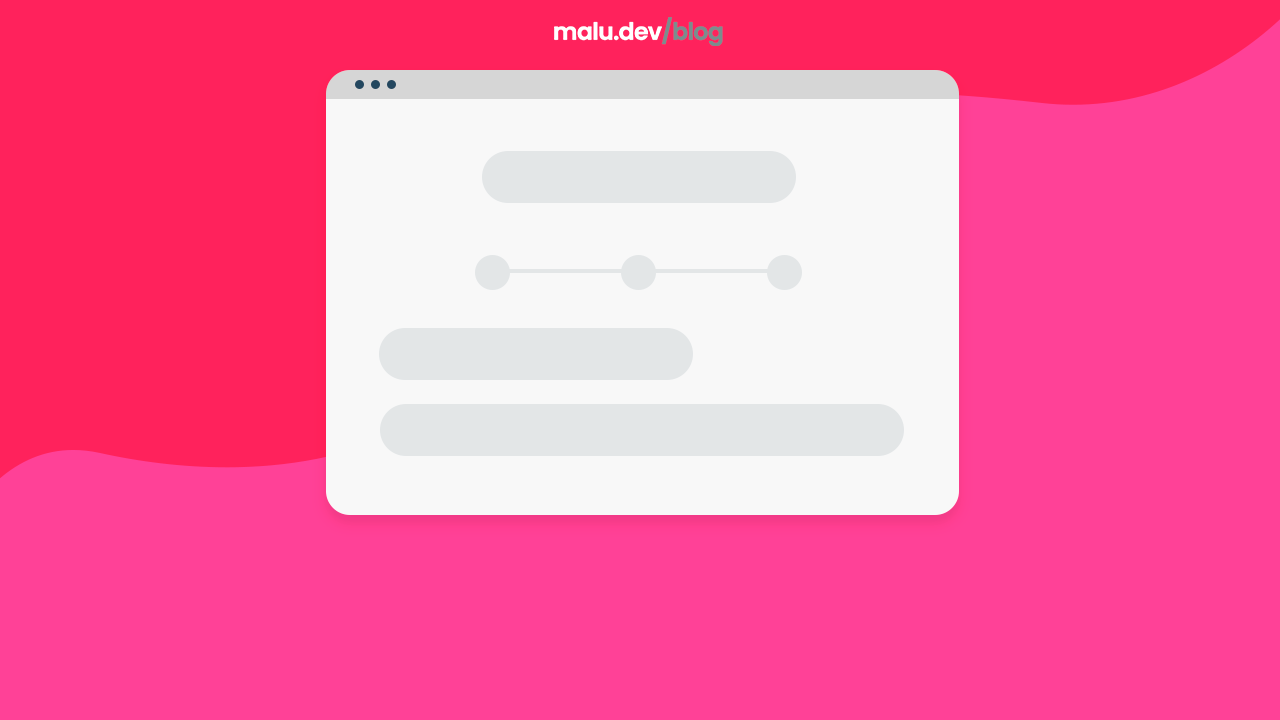Modular Architecture for Front-End
Modular Architecture for front-end Typescript applications
Modular architecture is becoming a key design pattern for building scalable and maintainable front-end applications. By breaking down a large monolithic application into smaller, independent components, teams can work in parallel, iterate quickly, and scale easily. This modularity is particularly important as applications grow, making it easier to maintain and improve over time. Modular architecture helps enhance code reusability, reduce technical debt, and improve the performance of applications.
Architecture
A micro frontend architecture allows large-scale web applications to be developed and maintained in a modular way by breaking the frontend into smaller, independently deployable units. These micro frontends integrate with a main web application, which acts as the core framework that orchestrates different parts of the user interface. To ensure consistency and code reuse, shared components such as UI elements and utilities are used across different micro frontends, reducing redundancy and maintaining a unified design system.
Each micro frontend is a self-contained module responsible for a specific domain or functionality within the application. This separation allows independent development, testing, and deployment, enabling different teams to work autonomously without affecting other parts of the system. Micro frontends can be built using different technologies while still integrating seamlessly into the main application. This approach enhances scalability, simplifies maintenance, and supports technology diversity, making it easier to introduce new features and updates without disrupting the entire system.
To handle backend interactions efficiently, an API Gateway acts as a single entry point for managing communication between the frontend and multiple backend services. The gateway routes requests to the appropriate backend services, handling tasks such as authentication, load balancing, and performance optimization. This architecture ensures flexibility, allowing frontend and backend teams to evolve their services independently while maintaining a cohesive and efficient user experience.


Web: Micro Front-End Architecture
Micro front-ends extend the microservices architecture to the front-end world, allowing teams to develop and deploy separate, independent parts of a web application. This approach is ideal for large-scale applications where different teams need to focus on different domains or features, providing autonomy while maintaining cohesion in the user interface.
The primary goal of micro front-ends is to divide a single application into smaller, self-contained units that can be developed, tested, and deployed independently. Each team is responsible for a distinct portion of the front-end, often aligned with the business domain they handle. These micro front-ends are typically integrated into the main application at runtime using web components, single-spa, or iFrames.
Common Tools and Libraries
Single-spa
One of the most widely used libraries for implementing micro front-ends. It enables different frameworks (like React, Angular, and Vue.js) to coexist within a single web page.
Web Components
A set of standardized web APIs that allow developers to create reusable custom elements. This is key for sharing components between micro front-ends.
Module Federation
A revolutionary feature that allows different applications to dynamically load JavaScript code from remote sources. It is especially useful when building micro front-ends.
Micro front-ends make it easier to develop and deploy independently by breaking down functionality. However, challenges such as shared state management, communication between micro front-ends, and ensuring a seamless user experience across various components need to be carefully managed.
Mobile: Modularization with Mobile Libraries
For mobile applications, modularization plays a crucial role in improving code maintainability, performance, and reducing build times. In a mobile app, modularization refers to splitting an application into smaller, independent modules that can be developed, tested, and updated independently.
On iOS and Android, modularization is often implemented by separating an app’s functionality into libraries or frameworks, allowing features to be added or updated without affecting the entire codebase. This approach helps in scaling the app while also reducing its size by loading only the necessary modules.
React Native Modularization
In the world of cross-platform mobile development, React Native has become one of the most popular frameworks, allowing developers to write JavaScript code that runs on both iOS and Android. Modularization in React Native enables developers to break down the app into reusable components, reducing build complexity and improving maintainability.
For React Native applications, you can modularize the app by splitting the code into independent packages or libraries. This helps keep the main application lightweight while providing the flexibility to update or replace specific features.
By modularizing React Native apps, teams can better manage dependencies, optimize performance, and ensure a smooth user experience as the app evolves over time.



